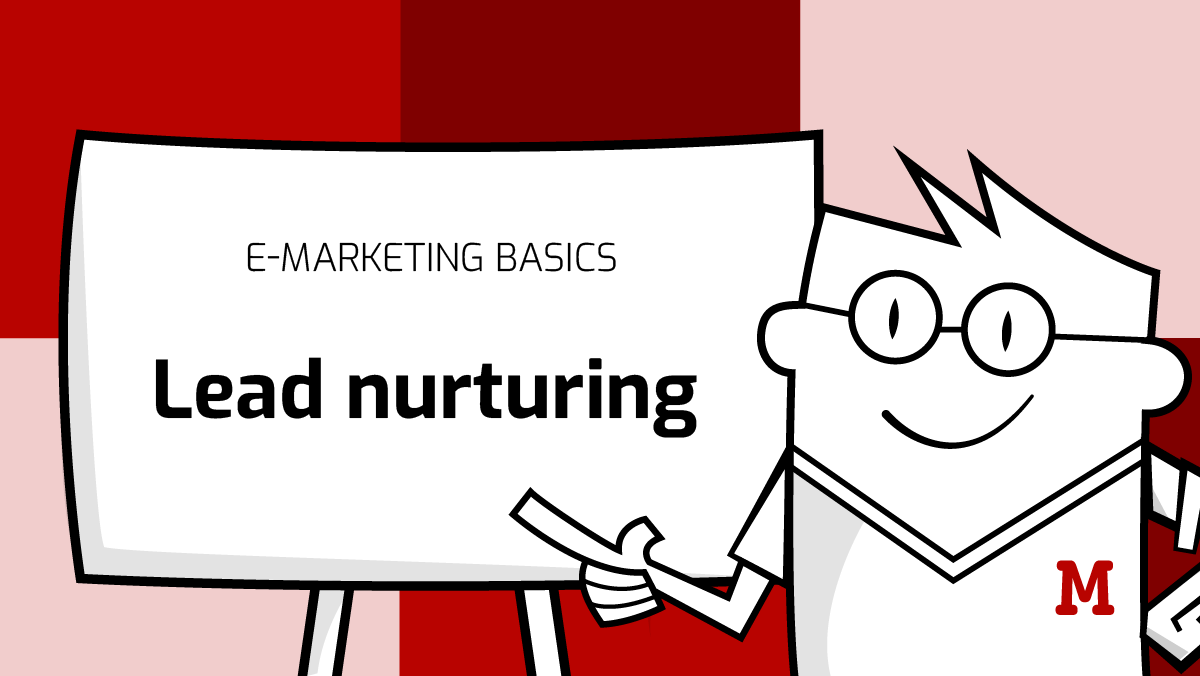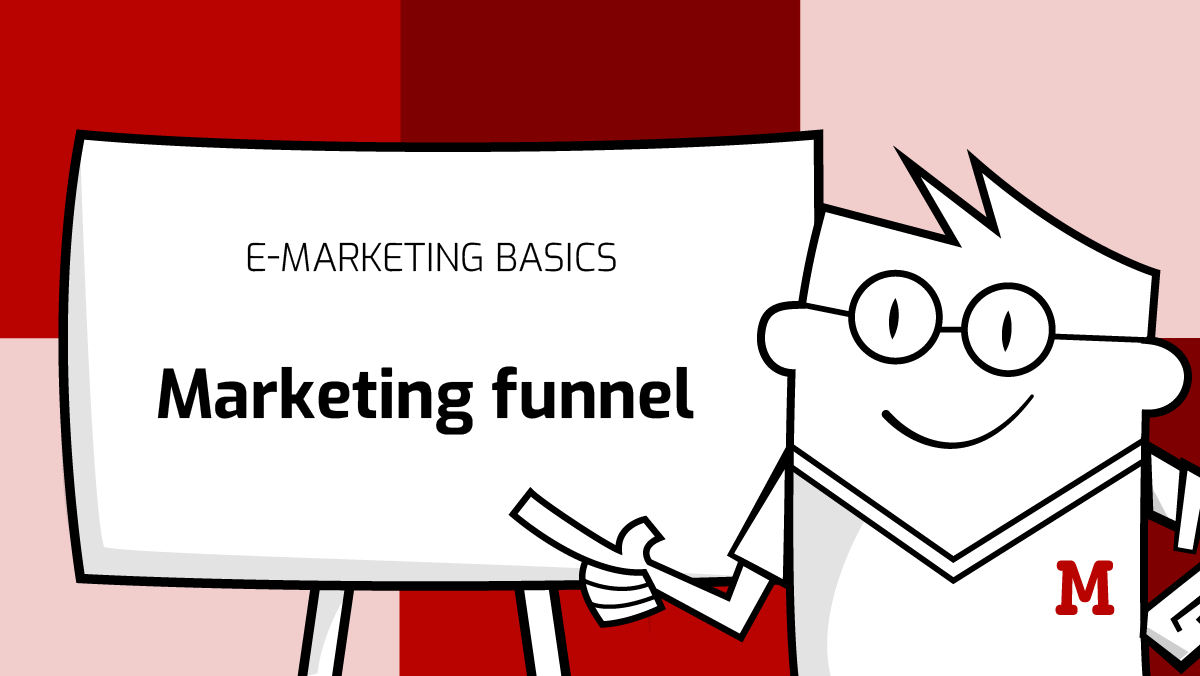Lead nurturing – what it is and how you can use it in your business?

Leads, often referred to as prospects, are immensely important for the development of your business. They are especially important in B2B, but B2C companies should also be interested in lead nurturing. In this post, we will show you what lead nurturing is all about, its crucial components, and how it all relates to marketing automation.
To help you fully understand what lead nurturing is all about, we have to explain two terms – lead and customer journey. This way, it will be much easier to explain how lead nurturing can be put to work.
The lead and the customer journey
Shortly put, a lead is a person (or a company) that’s a prospective buyer from your company’s point of view. Of course, it doesn’t mean that everyone out there is a lead. In order to be called a lead, one has to express interest in your products or services.
Therefore, we could say that leads:
- Visit your website and social media profiles
- Send inquiries through online forms or chatbots
- Send RFPs (requests for proposals)
- Put products in a cart (e-commerce)
- Sign up for the newsletter, etc.
Usually, that expression of interest is the first step in what marketers call a customer journey. In general, it’s a path that every lead has to follow in order to become a company’s customer or user. The customer journey typically ends with the purchase, but frequently post-purchase service is also a part of it.
Customer journeys are not uniform. After all, some of your customers can hear about your brand from their friends. Others will find you on Google, and somebody else can see your products on Instagram. These are all different customer journeys – they start in different places and have various “checkpoints” along the way. Of course, some elements of the customer journey are constant. For instance, in the e-commerce sector, such a fixed point would be putting a product into a cart because there is no other way to place an order.
When we combine these two elements – leads and customer journey – we end up with what lead nurturing actually is. It’s a strategy that aims at building and reinforcing relations with leads at every stage of the customer journey. Of course, lead nurturing focuses mostly on what happens before a customer places an order, but you can’t forget to take care of those customers that have already purchased something. Many of them, if satisfied with your service or product, will happily return to place another order in the future.
At this point, you might think, wait a minute, not every person interested in my product is ever going to buy it! Some of them are just curious, but they are not my target group. What about them? That’s how we switch to yet another important issue – lead scoring.
THE LEAD SCORING ISSUE
That’s true; not every person is ready to buy, and not every person even is a true prospect, to begin with. That’s why you have to assess the quality of each lead. And that’s what lead scoring is all about. It’s a system that allows you to separate so-called hot (ready to buy) leads from cold leads (people/companies that are, in theory, in the target group, but there are no signs of interest).
There is no one-fits-all scoring system; you have to develop one from scratch. How? It’s a job for your marketing and sales departments. Your company has to come up with a system that analyzes three elements related to each lead. These elements are as follows:
- Overall fit (is this person/company similar to who usually buys from us?)
- Expressed interest (is this person showing that they are really interested in our services?)
- Behavior (what actions are they taking? Is this a behavior of a prospective customer?)
Of course, each situation is different, but you need to come up with at least a framework showing who is a prospective customer that’s worth your attention. Otherwise, you’ll have to concentrate your efforts on literally everyone, which would be a huge waste of resources. That’s because, according to Adobe data, half of the leads in any given system are not yet ready to buy.
How to use lead nurturing
In general, lead nurturing is all about showing your prospective customers that you are interested in them and that you want to provide them with the best service possible. One of the best ways of nurturing leads is through engaging them in a conversation or at least some form of engagement with a company.
Typical lead nurturing tactics include:
- Content marketing: Creating and distributing relevant and high-quality content can help you find many potential customers/users. Creating content is the best way of showing your experience, educating your target audience, providing useful advice, and answering frequently asked questions.
- Omnichannel: Although it’s a whole other strategy, the fact is that when you pursue the omnichannel model, you are more effective at getting and maintaining customers because all of your marketing-slash-sales efforts are integrated and optimized.
- Retargeting: It’s a marketing technique that aims at reaching people who have already engaged in communication with your company. Perhaps they’ve put some products in the cart or visited your landing page, but they didn’t do anything else. Retargeting helps you sway such hesitant customers.
- Email marketing and push notifications: One of the lead nurturing commandments is that you should stay in touch with your prospects. Emails and push notifications are just perfect for that. Of course, you can’t overdo and flood people with messages, but a message or two once in a while can work miracles.
- Loyalty programs: Granted, it’s a post-purchase thing, but it can be an excellent supplement to your lead nurturing strategy. After all, a person who has already purchased from you in the past is more likely to buy something again, right?
Lastly, lead nurturing is also what marketing automation is all about. Let’s see how these two disciplines overlap.
Lead nurturing and marketing automation
Many of the lead nurturing techniques can be automated. Let’s take retargeting as an example. You could set an automated rule saying that everyone who has put at least one product in the cart but never finished the purchasing process should see a reminder in the form of a push notification or a Facebook ad. Such an ad could say something like that: “Hey, we miss you! You have some products in your cart. Finish your order now and get a 5% discount!”
It’s the same with email marketing (you can remind about the unfinished purchasing process or distribute promo codes this way), content marketing (you can create posts helping your customers make an informed decision), loyalty programs (you can distribute vouchers, offer discounts, and give access to presales to people participating in your loyalty program), and many other elements. So yes, lead nurturing can be automated!
If you want to find out more about how lead nurturing can be automated, take a look at our platform and start a free trial today!



